Imagine a world where Prince never picked up a guitar because he didn’t have access to the concept of an instrument. A world where Michael Jackson never moonwalked because he had never heard music that moved him. A world where Rosetta Tharpe never strutted in front of a crowd and strummed her soul birthing rock music, which inspired Elvis Presley to become an enduring cultural phenomenon of the 20th century. Where DJ Kool Herc never encountered a turntable to hear a record scratch, where the Sugarhill Gang never laid down a rhyme that is quoted to this day.
The medium of music has never been the same since these juggernauts—and untold others—had the means to be inspired and express themselves to the enjoyment of the eager masses. What would the face of music look like today? What would the face of fashion look like today? What would the face of culture look like today? Would it be recognizable? Enjoyable? Desirable? Colorful? Would America exist as we know it, or would it be something else entirely?
This is the danger of ending net neutrality on a medium of self-expression. This is what awaits an emerging industry that requires creativity, passion, and enthusiasm to proliferate. This is the fate of immersive media if we do nothing. This is the shadow lurking on our doorstep; we have no choice but to blast light into its face.
The Drivers of Culture
In September of 2017, Nielsen published a study titled “African-American Women: Our Science, Her Magic.” In it they examined the role that black women have on influencing mainstream culture. At a glance, it makes perfect sense. After all, who are we as Americans if we aren’t defined by our love affairs with the Beyonces and Rihannas—the Oprahs and the Michelle Obamas? What else explains the undercover love for Real Housewives of Atlanta and Scandal? There’s a reason why Thursday nights belong to Shondaland, and it isn’t just confined to black viewership.
The numbers don’t lie. 73% of Non-hispanic Whites and 67% of Hispanics believe that African-Americans influence mainstream culture. In fact, “with an ever-growing intercultural influence, Black women play an increasingly vital part in how all women see themselves, their families and the rest of the world.”
 Shonda
Rhimes and her Shondaland productions have captivated audiences nationwide and enjoyed breakaway
success.
Shonda
Rhimes and her Shondaland productions have captivated audiences nationwide and enjoyed breakaway
success.Television shows, fashion brands, and vernacular that take off within the African-American community often trickle off and become a part of “mainstream” culture. In fact “African-American influence on mainstream American popular culture, particularly in the area of music, dance, and fashion, is so pervasive that the two are often indistinguishable. The combined genre of R&B and hip-hop, dominated by Black performers, is the top music genre in terms of consumption, virtually equal to the pop and rock genres combined, due primarily to its popularity on streaming services.” Often the separation between the origins of the saying, style, and influence is so great that people never think to trace back to the origins.
How this affects immersive media
If you happen to live inside of the hyper-advanced tech bubble that is the driving force behind immersive media, then the effects of the end of net neutrality may seem very far removed from you. After all, what is an extra $20 a month to enjoy your internet streaming and social media? Does it really matter if you rack up a $60 a month bill in Google searches? The majority of the online activity you do is relegated to what is provided by the largest service providers, so what does it really mean to your day-to-day life? The answer is an impact that you may have never expected.
To some people $20 a month is the difference between keeping your lights on and going cold in the winter. $60 a month could mean that somebody ends up on the street. Take this statistic into account: “Forty-one percent of Black women agree they would be willing to receive ads on their cell phone in exchange for lower monthly costs (69% higher than non-Hispanic White women).” This isn’t just a matter of being “cheap.” Even though African-Americans are making bountiful gains in educational attainment and economic empowerment, there is still much ground to cover.
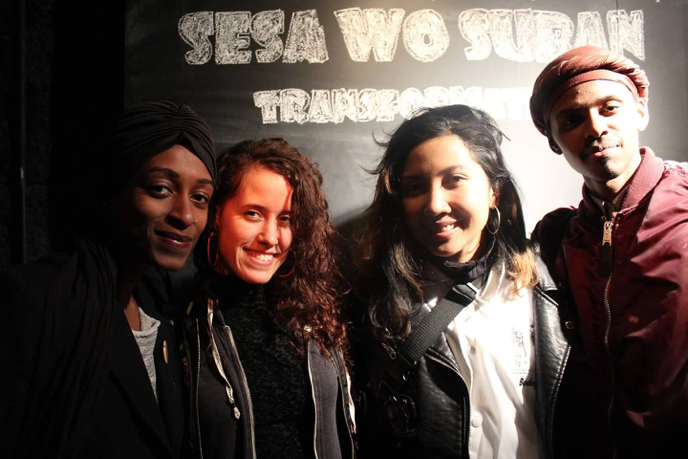 Photos by
Tyahra Symone Angus
Photos by
Tyahra Symone AngusLet me give you an example. I am a black woman who is using Augmented Reality (AR) as a storytelling tool. While the story I am telling is the universal tale of the origins of humanity, since I have chosen to tell the story from the beginning of humankind the setting, imagery, and visual language is steeped in African symbolism and mythology.
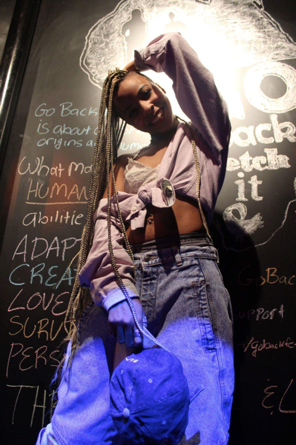 Destiny
Polk from Radical Black Girl
Destiny
Polk from Radical Black GirlI have purposely chosen a delivery mechanism that is accessible and open to all, and the results have been astounding. By choosing a simple video overlay app that is available for any smartphone that was built within the last few years on their respective app stores, and framing the story within the confines of this technological limitation, I am able to reach people in a way that is both high tech and familiar.
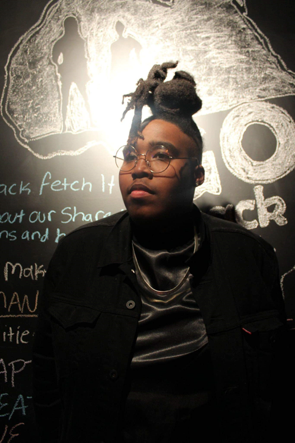 Young,
enthusiastic, and hip. These are the trendsetters and they just upgraded to an Iphone 7. Do
you think they’ll be able to pay extra for internet data?
Young,
enthusiastic, and hip. These are the trendsetters and they just upgraded to an Iphone 7. Do
you think they’ll be able to pay extra for internet data?It’s working! People are not only connecting with my individual work, they are connecting with the idea of AR as a storytelling mechanism and medium of expression. People’s imaginations were captured and at a recent Afropunk event lines even formed for people to take pictures with my work.
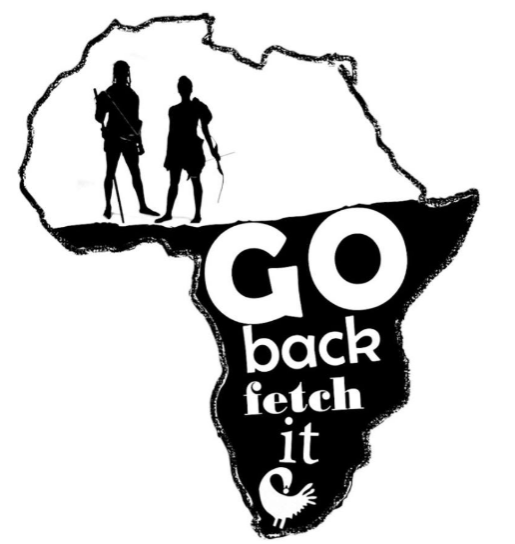 Go Back
Fetch It Prologue Trigger Image
Go Back
Fetch It Prologue Trigger ImageWhy should you care?
Which brings us back to the state of immersive media. Let’s face it, there is a reason that it hasn’t caught on yet in a substantial way. It’s because it hasn’t been graced with a Jimi Hendrix or a Diana Ross. There hasn’t been that breakaway superstar to pick up the mantle and capture the hearts, minds and imaginations of a starved population in a way that is impossible from the outside. There are certain perspectives that will never be examined, and certain hurdles that will never be recognized if countless creatives are locked out behind a paywall.
Kamal Sinclair, the director of the New Frontier program at Sundance Institute recently wrote in The High Stakes of Limited Inclusion, “we’ve learned from history that it is impossible to understand all the unforeseen consequences of massive change, especially when those leading the change consistently suffer from significant blind spots in their perspective caused by a lack of diversity both in their real-world creative, business, and tech teams, and in their imagined visions of the future.” These blindspots can stop the trendsetters from ever touching, sharing, and connecting with anything you ever create. Lack of access could potentially wall you off from your most vocal supporters forever.
Sure, a huge battle is the disparity in funding for people of color in creating narratives that are truly diverse. This is an issue that absolutely needs to be addressed head-on. However, someone cannot attempt to create a narrative if they do not know that the medium exists as an option, and that is the true danger. The reality where Jimi Hendrix has never heard of a guitar — not just that he couldn’t afford lessons.
For example, not too long ago, I saw a discussion unfold on my Facebook feed that I couldn’t help but chime in on. A woman was exasperated yet apparently amused by the fact that most black women would decline to demo her experience because they were worried about their hair. She seemed utterly baffled by the implication of someone caring about their hair so much they would actually turn down virtual reality.
I can honestly say that this is the biggest barrier to mainstream adoption among black women currently. The design of headsets right now is anathema to having hair that doesn’t look horrible as an African-American woman (and this is someone who has been devving for 2 years). If I weren’t so interested in VR and AR as modes of expression, I would probably pass on trying it as well. This is something that obviously has never occurred to developers, and seemingly to headset designers as well, but it is an irrefutable fact that will keep this technology from being embraced by the arbiters of “cool.”
Diverse populations need to feel at home to explore and play in a new technology if it will ever end up on the collective radar of the masses. However, these populations are the most at risk of losing all access if net neutrality is repealed. Indeed, members of our own community have spoken up about it. Philip Rosendale of High Fidelity has been vocal about the importance of net neutrality tweeting on November 29th .
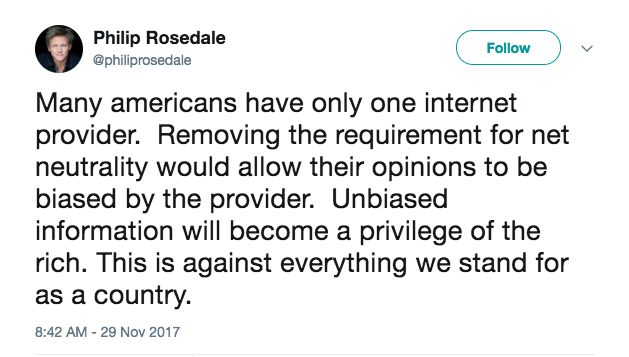
After the victory of Douglas Jones in Alabama, the numbers show that time and again Black women show up and move in force to effect positive change throughout the world if given the chance. We are standing up, it’s time for you to stand with us.
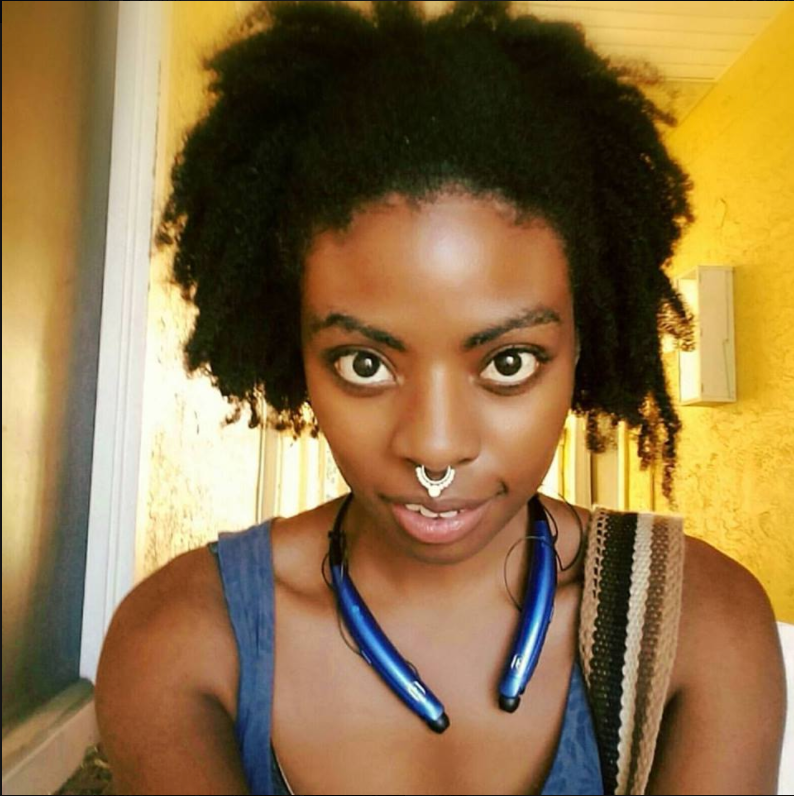
Charity Everett is an Augmented Reality artist and storyteller, and the force behind Go Back Fetch It: The Story of Humanity—an episodic AR journey that plays out in the world around you. She was recently awarded the Virtual World Soceity’s Nextant Rising Star Award for her work.
Immerse is an initiative of Tribeca Film Institute, MIT Open DocLab and The Fledgling Fund. Learn more about our vision for the project here.